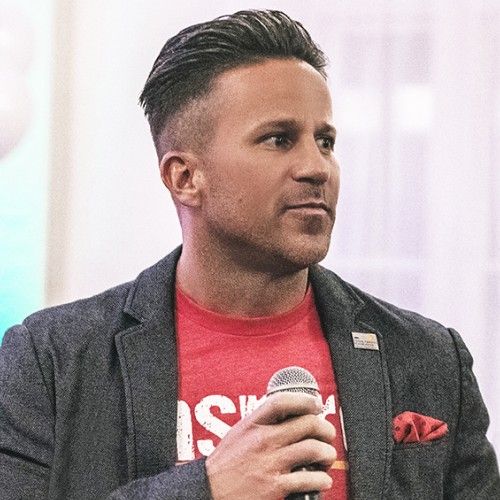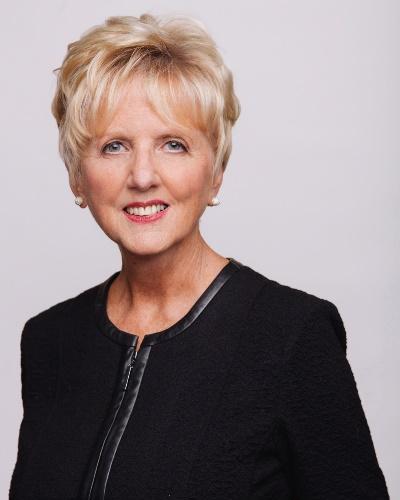Hybrid? Fully remote? Never left? Regardless of how your team operates now or in the future, the pandemic changed how companies will need to manage their people. This article is titled how to measure performance for remote teams, but these lessons apply across all teams if we want to effectively lead into the next 5-10 years.
There is this common notion: what is focal is causal. Or put simply, what people see, they perceive as important. This focus on management through visibility has been the traditional style until the pandemic. But as more teams continue to work remotely, we must find new leadership methods that can ensure productivity without relying on visibility without context.
Why?
The pandemic exposed the major flaws of traditional methods. Focusing on visibility discourages actual productivity and encourages performative productivity (e.g. people looking busy while being observed).
For example, I recently interviewed the CEO of a tech-focused logistics company. I wanted to learn how other leaders are responding to the tail-end of the pandemic. He shared his intentions to bring the entire team back into the office. He believes that his team is more productive from the office than from at home. I suspected that he had fallen into the trap of relying on that same old notion: What is focal is causal.
So, I pressed him on some key statistics to see why he decided to end remote work. We discussed sales, fulfillment, and the other factors that indicate the health of his business, but he didn’t have the new data for comparison because they just got back into the office. We scheduled a follow-up interview two months later to see how the company changed and to compare metrics.
When we met again with the data to compare, the results spoke for themselves: people were more productive working from home. But this CEO couldn’t shake his intuition; he still preferred to work from the office with everyone else on his team because he liked seeing everyone working.
He was always skeptical of “work from home” and had the same worries that many CEOs and managers have had to deal with: “What if people skip work early? Or they take a day they said they were working completely off? How can I manage people that I can’t see?” He was stuck in the traditional mindset that what is focal is causal. Intuition is a dual-edged sword. When it leads you astray, your key to getting back on track is taking your intuition out of it.
The answer to this is to measure and take the guesswork out of it.
When ‘what is focal, is causal’ pervades a workplace culture, people are incentivized to look busy when in front of their managers; the key word here is “look busy”. This is Performative Productivity.
In the book Deep Work by Cal Newport, Cal talks about this concept of the mental residue that occurs when we switch tasks or are distracted from one task to the next. Different people prefer different times and techniques to get into a flow-like state to focus as deeply as we can.
Productivity occurs when we eliminate distractions
Productivity occurs when we eliminate distractions
When we work in an office, anyone can interrupt our work, distract us, or force us to work in ways that are not conducive for our flavor of deep focus. We can put ourselves in a position where our real productivity is sacrificed to support performative productivity.
Therefore, if we can 1.5x, 2x, or 3x increase our productivity when we control when we work and when we allow distractions, it seems only logical to allow our people to do that if we can.
The challenge lies in how we measure productivity and what actions we take for granted that we realize need to get done.
Sure, in sales, it is pretty easy to quantify productivity – number of calls made, meetings scheduled, meetings had, follow ups made, and deals closed. But for less quantifiable tasks, it is critical that we identify useful metrics for measuring progress.
For example, an executive in my mastermind group runs a consumer-packaged goods company. He started putting QR codes on packages that link consumers to surveys. These surveys let customers share their feedback on product quality, packaging, and labeling. He also started implementing end-of-call surveys to gather feedback from his clients (or prospective clients) on his customer support team.
As he started creating opportunities for gathering more feedback, he learned that some metrics were more important than others. He also learned that he can only improve what he is measuring. He focused his team on specific outcomes, but more importantly, he was upfront that some of these metrics may change over time as he learns more feedback.
This iterative process helped him develop a strong system. Now he measures change and improvement pretty accurately and can share that insight with his team. His team knows when they are working in a positive direction or when things need improvement.
Performance reviews shouldn't be a surprise
Another benefit was that performance reviews become super easy for him and his team. They have minimized surprises and his direct reports are now reporting to him where they know they can improve.
Another benefit was that performance reviews become super easy for him and his team. They have minimized surprises and his direct reports are now reporting to him where they know they can improve.
His team has now started implementing a hybrid approach where his team members have total autonomy of when they come into the office. If somebody decides to work half the day in the office and the other half from home, they can do that. Or they can rent an RV with the family and work on the road or pull all-nighters so then they can work on their start-up during the day. No matter how they decide to work, he doesn’t care because he knows what they are measured against and leaves the decision making to the employee.
Measuring works for collaborative teams just as much as individuals
And this works just as much for collaborative work as it does for individual work. When teams are working collaboratively, they are measured against the team goal. Individuals break their segments down and are held accountable to their individual tasks. Their success is tied to the team’s overall ability to achieve their goals.
And this works just as much for collaborative work as it does for individual work. When teams are working collaboratively, they are measured against the team goal. Individuals break their segments down and are held accountable to their individual tasks. Their success is tied to the team’s overall ability to achieve their goals.
When the team doesn’t achieve a goal, they work together in an experimental way to identify what they can change to achieve the outcome they desire for the future. Sometimes part of that solution is working together in the same space, sometimes they identify other methods. Either way, a manager with a strong system for accurately monitoring productivity can trust their employees to take the initiative and find productivity instead of micromanaging.
The notion that “focal is causal” forces bad incentives. When goals are clear, employees know what needs done. Everyone can be measured based on what they know they need to accomplish, and you can continue to make incremental improvements to the goals and metrics. Together, this new method builds resilient productivity and helps you manage your team better whether your team is remote, hybrid, or in-person.




































































